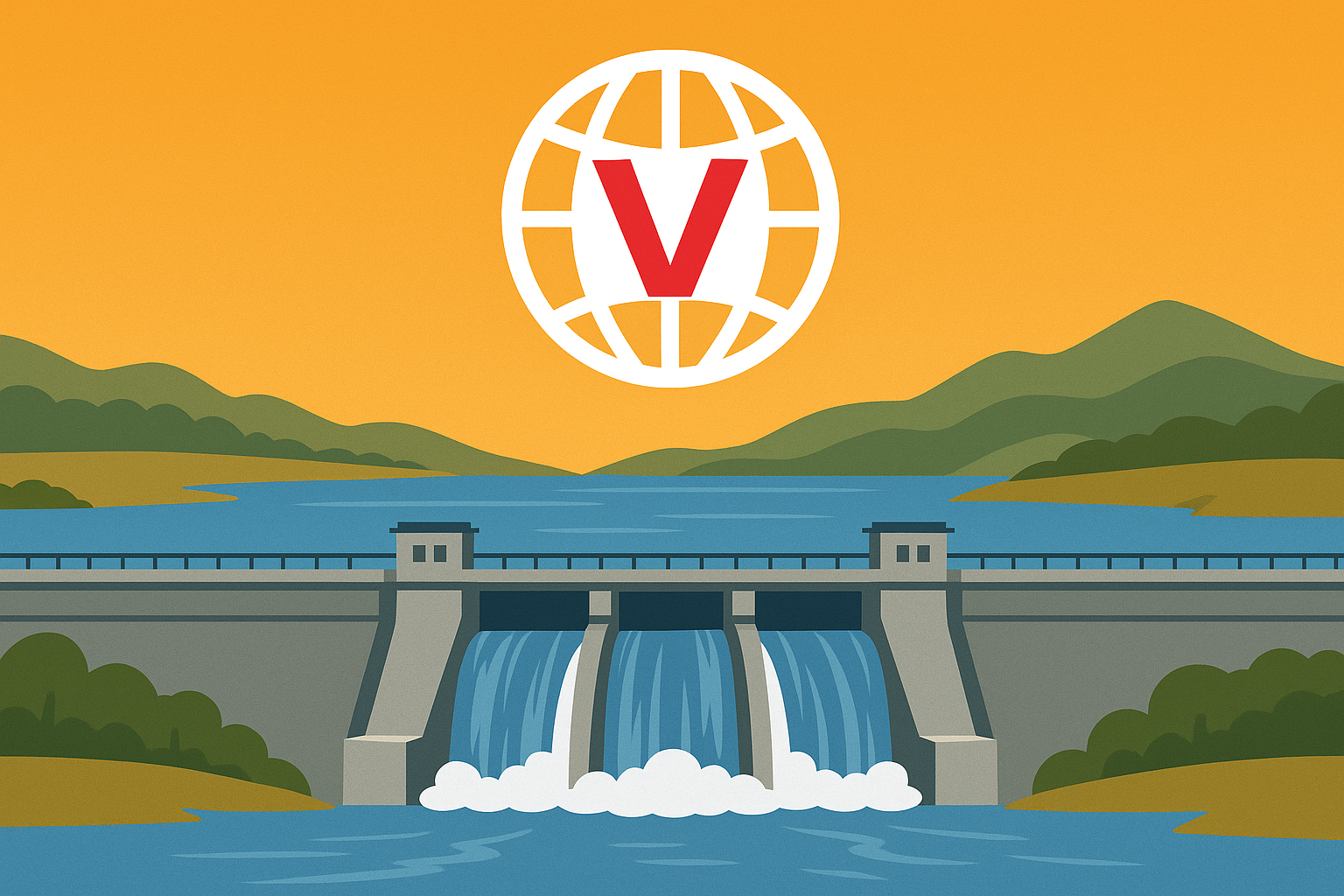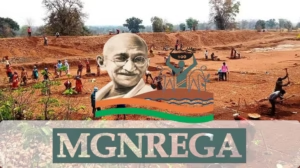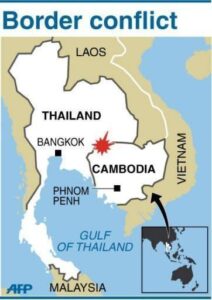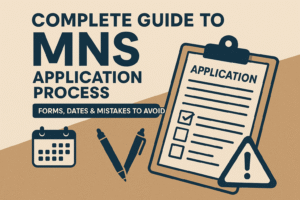Indus Waters Treaty: A Comprehensive Overview
Introduction
The Indus Waters Treaty (IWT) is a water-sharing agreement between India and Pakistan, brokered by the World Bank in 1960. It governs the use of waters from the Indus River system, which includes six rivers that originate in the Himalayas and flow through both countries. The treaty has stood the test of time despite wars and ongoing tensions, making it a rare example of long-term cooperation in a conflict-prone region.
Background of the Indus Waters Treaty
After the partition of British India in 1947, the newly formed nations of India and Pakistan found themselves at odds over the control and use of river waters that flowed across the new borders. With no clear agreement in place, tensions escalated, threatening agricultural economies and political relations.
To resolve the dispute, the World Bank facilitated negotiations, and after nearly a decade of talks, the Indus Waters Treaty was signed on September 19, 1960 by:
Jawaharlal Nehru, Prime Minister of India
Ayub Khan, President of Pakistan
W.A.B. Iliff, Vice President of the World Bank
Key Provisions of the Indus Waters Treaty
1. Division of Rivers
The treaty divides the six rivers of the Indus system into two categories:
Western Rivers: Indus, Jhelum, and Chenab — allocated to Pakistan
Eastern Rivers: Ravi, Beas, and Sutlej — allocated to India
2. Water Usage Rights
While Pakistan gets exclusive rights to the western rivers, India retains the right to limited agricultural use, domestic use, and hydroelectric power generation on those rivers, provided it doesn’t alter the flow significantly.
3. Permanent Indus Commission
A Permanent Indus Commission was established with representatives from both countries. It serves as a bilateral mechanism to manage disputes, conduct inspections, and ensure treaty compliance.
4. Dispute Resolution Mechanism
The treaty lays out a detailed dispute resolution process, which includes:
Bilateral negotiations
Involvement of a Neutral Expert appointed by the World Bank
Arbitration through a Court of Arbitration in case of escalated disputes
Significance of the Indus Waters Treaty
1. Model of Cooperation
The IWT is hailed as one of the most successful water-sharing agreements globally. Despite three wars between India and Pakistan and ongoing border tensions, the treaty has remained in effect for over six decades.
2. Agricultural Dependence
Both countries rely heavily on the Indus river system for irrigation and agriculture. In Pakistan, nearly 90% of agricultural activity depends on the Indus waters.
3. Strategic Importance
Control and usage of water resources are crucial in South Asian geopolitics, especially considering climate change, population growth, and increasing water scarcity.
Challenges and Criticism
1. Environmental Concerns
Critics argue that the treaty doesn’t adequately address environmental sustainability, river health, or climate change impacts.
2. Pakistan’s Concerns
Pakistan often raises objections about India’s hydroelectric projects on the western rivers, fearing that they might reduce water flow or give India undue control.
3. India’s Position
India maintains that it has always abided by the treaty’s terms and accuses Pakistan of unnecessary politicization of technical projects.
Recent Developments
1. India’s Threat to Reconsider the Treaty
Following the Pulwama attack in 2019, India hinted at revoking or modifying the treaty to increase pressure on Pakistan.
2. Pakistan’s Appeal to the World Bank
In recent years, Pakistan has approached the World Bank to initiate arbitration on India’s hydroelectric projects like Kishanganga and Ratle, citing potential violations of the treaty.
3. Climate Impact
Glacier melt and irregular monsoon patterns due to climate change have added a new layer of uncertainty to water availability and long-term treaty sustainability.
Conclusion
The Indus Waters Treaty is a landmark in international water diplomacy, offering a framework for cooperation even in the face of political hostility. As the region grapples with climate change, water scarcity, and development needs, adapting and modernizing the treaty may be necessary to ensure continued peace and prosperity.
Frequently Asked Questions (FAQ)
1. What is the Indus Waters Treaty?
The Indus Waters Treaty is a 1960 agreement between India and Pakistan, brokered by the World Bank, to share the waters of the Indus River system.
2. Which rivers are included in the treaty?
The treaty covers six rivers: Indus, Jhelum, Chenab, Ravi, Beas, and Sutlej.
3. How are the rivers divided under the treaty?
Pakistan gets control over the western rivers (Indus, Jhelum, Chenab), while India controls the eastern rivers (Ravi, Beas, Sutlej).
4. Can India use water from western rivers?
Yes, India can use the western rivers for domestic, non-consumptive use, and limited hydroelectric projects, without affecting the flow.
5. Has the treaty ever been violated?
Both countries claim compliance, though there have been multiple disputes, especially concerning India’s hydroelectric projects.
6. Can the Indus Waters Treaty be revoked?
Revoking the treaty would have serious international implications and is highly unlikely without mutual agreement or mediation.
7. What role does the World Bank play?
The World Bank acts as a facilitator and can appoint neutral experts or arbitral bodies in case of disputes.
8. Is the treaty relevant today?
Yes, it remains crucial for regional stability and water resource management, though it may need updating for modern environmental and geopolitical realities.






